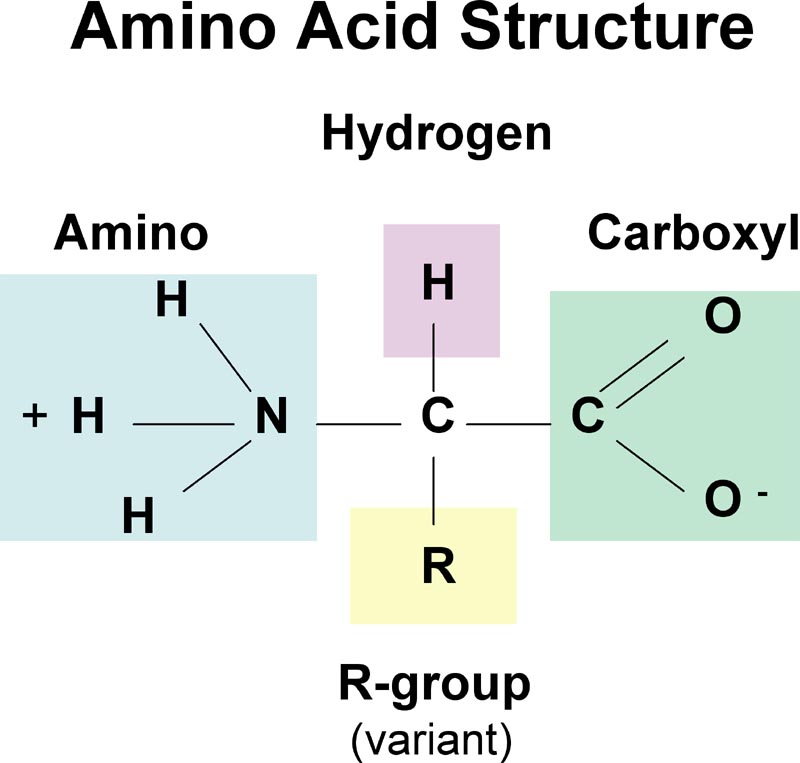

Nevertheless, systematic surveys of the protein database have identified more than 1,000 knotted protein structures with different knot types and structural complexities. The apparent complexity of threading events involved in tying a protein knot made them inconceivable to many structural biologists at first ( Mansfield, 1994). Proteins fold into defined three-dimensional (3D) conformations and execute various functions at the molecular level. Whereas circular supercoiled DNA in nature can be a true mathematical knot, proteins are linear polymers consisting of 20 different amino acids connected by peptide bonds with open amino (N) and carboxyl (C) termini. Long flexible strings can spontaneously knot themselves upon agitation ( Raymer and Smith, 2007). Knots always fascinate people and have attracted scientists from all disciplines. Despite the heterogeneity in the side-chain compositions, the chemically unfolded cyclized YibK exhibited several macroscopic physico-chemical attributes that agree with theoretical predictions derived from polymer physics.
#Protein backbone ends free
The enhanced stability of a backbone knotted YibK could be mainly originated from an increased ruggedness of its free energy landscape and the destabilization of the denatured state by backbone cyclization with little contribution from a knot structure. The backbone cyclization did not perturb the native structure and its cofactor binding affinity, but it substantially increased the thermal stability and reduced the aggregation propensity. Thus, we could directly probe the effect of the backbone knot and the decrease in conformational entropy on protein folding. Moreover, we produced and investigated backbone cyclized YibK without any knotted structure. Covalently linking the amino and carboxyl termini of the deeply trefoil-knotted YibK from Pseudomonas aeruginosa allowed us to create the truly backbone knotted protein by enzymatic peptide ligation. Furthermore, it is generally not possible to control the topology of the unfolded states of proteins, therefore making it challenging to characterize functional and physicochemical properties of knotting in any polymer. However, these protein knots are not mathematical knots with their backbone polypeptide chains because of their open termini, and the presence of a “knot” depends on the algorithm used to create path closure. Little is known about their formation or function in proteins despite >1,000 knotted proteins identified in nature. Similarly, long polymer chains inevitably tend to get trapped into knots. Long flexible thin strings easily knot and tangle as experienced in our daily life. Knots have attracted scientists in mathematics, physics, biology, and engineering. 5Astbury Centre for Structural Molecular Biology, School of Biomedical Sciences, University of Leeds, West Yorkshire, United Kingdom.4Division of Biochemistry, Department of Biosciences, University of Helsinki, Helsinki, Finland.3Institute of Biotechnology, University of Helsinki, Helsinki, Finland.2Institute of Biochemical Sciences, National Taiwan University, Taipei, Taiwan.1Institute of Biological Chemistry, Academia Sinica, Taipei, Taiwan.Backlund 3, Igor Tascón 3 †, Adrian Goldman 4,5 and Hideo Iwaï 3* Shang-Te Danny Hsu 1,2*, Yun-Tzai Cloud Lee 1,2 ‡, Kornelia M.


 0 kommentar(er)
0 kommentar(er)
